Faults and maintenance of Wafer electric Butterfly valves
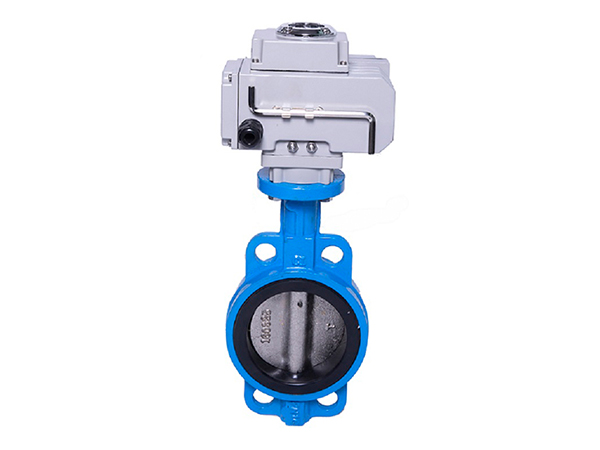
If you do not carefully check the usage condition and performance specifications of the wafer-type electric butterfly valve before installation, the wafer-type electric butterfly valve may have the following common faults: the valve cannot be reversed or the reversing action is slow, gas leakage, and the electromagnetic pilot valve is faulty, etc.
(1) The inability or slow reversing action of the wafer-type electric butterfly valve is generally caused by poor lubrication, the spring being stuck or damaged, oil stains or impurities getting stuck in the sliding part, etc. In this regard, it is necessary to first check whether the oil mist lubricator is working properly. Whether the viscosity of the lubricating oil is appropriate. When necessary, the lubricating oil should be replaced, the sliding parts of the wafer-type electric butterfly valve should be cleaned, or the spring and the wafer-type electric butterfly valve should be replaced.
(2) After long-term use, wafer-type electric butterfly valves are prone to wear of the valve core sealing ring, damage to the valve stem and valve seat, resulting in gas leakage inside the valve, slow valve operation or inability to change direction normally and other faults. At this point, the sealing ring, valve stem and valve seat should be replaced, or the wafer type electric butterfly valve should be replaced with a new one.
(3) If the intake and exhaust holes of the electromagnetic pilot valve are blocked by oil sludge or other debris, the sealing is not tight, the movable core is stuck, or there is a circuit fault, etc., all these can cause the wafer-type electric butterfly valve to fail to change direction normally. For the first three situations, the oil sludge and impurities on the pilot valve and the movable iron core should be cleaned. Circuit faults are generally divided into two categories: control circuit faults and electromagnetic coil faults.
Before checking for circuit faults, the manual knob of the wafer-type electric butterfly valve should be turned a few times to see if it can reverse normally under the rated air pressure. If it can reverse normally, there is a fault in the circuit. When conducting the inspection, the voltage of the electromagnetic coil can be measured with an instrument to see if it has reached the rated voltage. If the voltage is too low, the power supply in the control circuit and the associated limit switch circuit should be further inspected.
If the wafer-type electric butterfly valve fails to reverse normally under the rated voltage, it is necessary to check whether the connection (plug) of the electromagnetic coil is loose or has poor contact. The method is to unplug the plug and measure the resistance value of the coil. If the resistance value is too large or too small, it indicates that the electromagnetic coil is damaged and should be replaced.
The newly purchased wafer-type electric butterfly valve should be installed in a timely manner after opening the box. Generally, the valve manufacturer will debug the valve before leaving the factory. Do not loosen the accessories on the valve at will. If it is necessary to check, contact the manufacturer first.







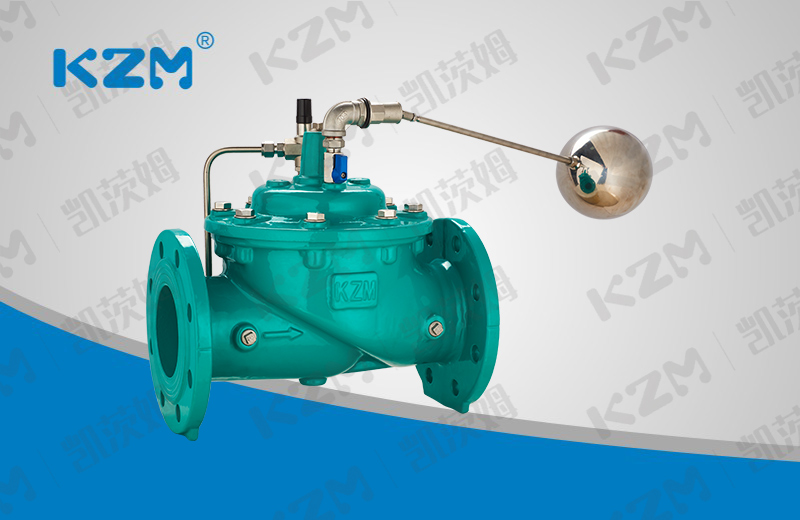
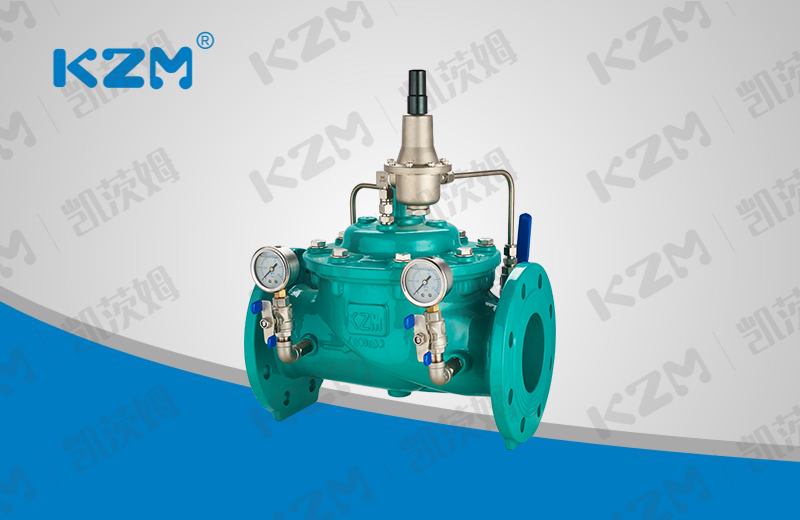
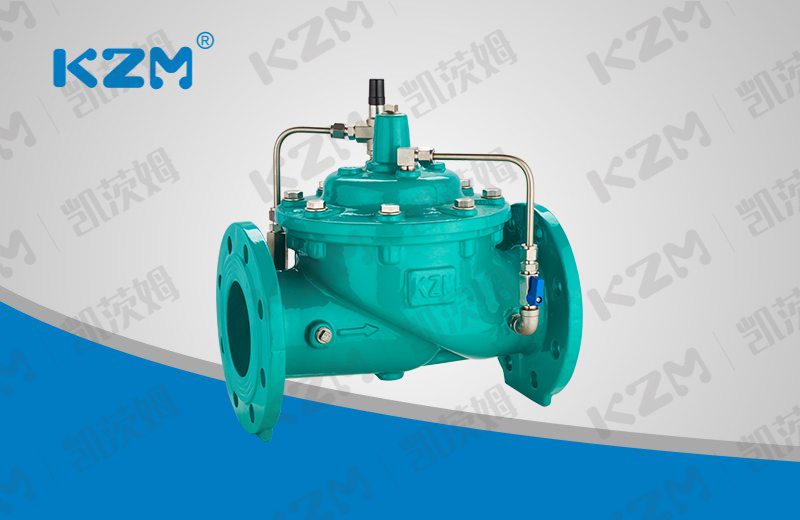

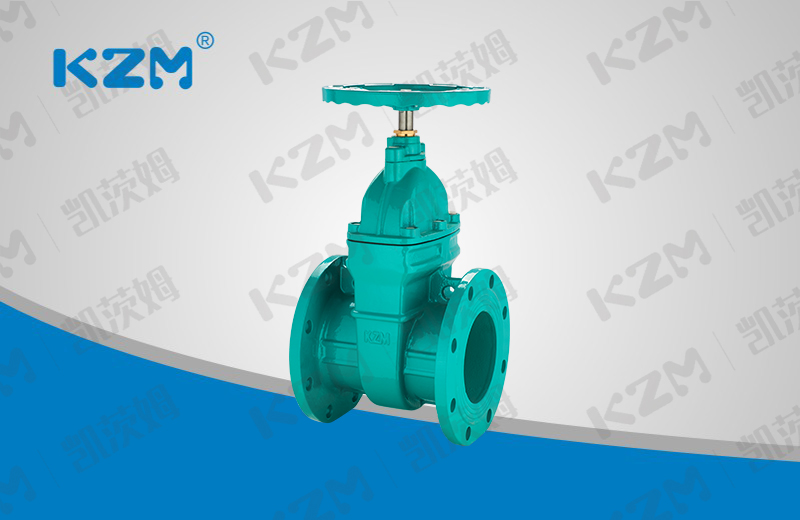


 Jing12011202000600
Jing12011202000600
